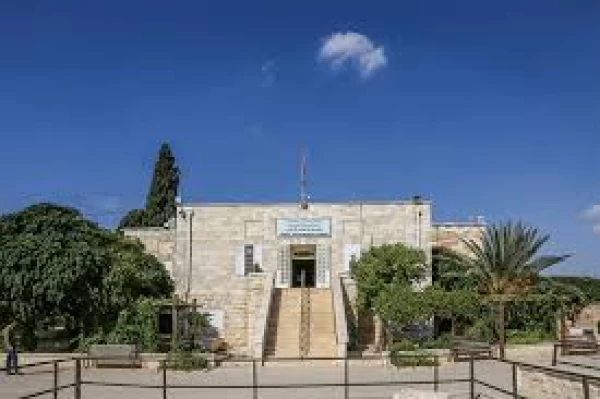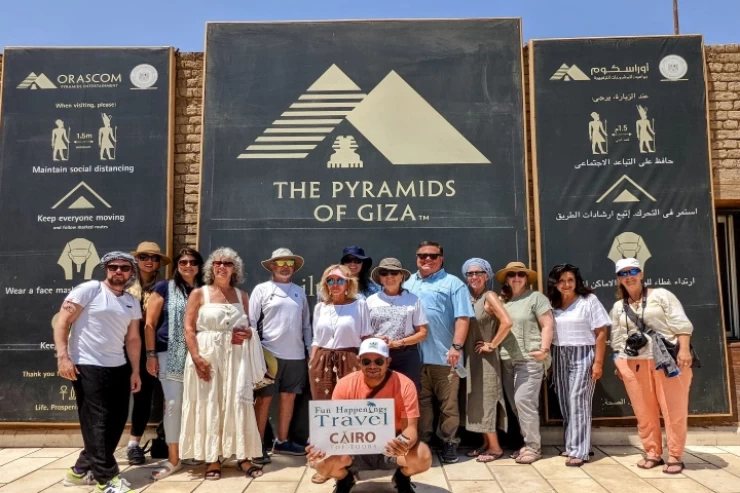
Jordan Archaeological Museum
The Jordan Archaeological Museum is located on top of Citadel Mountain and in the heart of Amman the museum was built in 1952 to display the various pieces of art that were found in archaeological sites that were discovered during excavations throughout Jordan.
The building was designed by the British engineer Austin Harrison, who designed the building of the Palestinian Museum in Jerusalem, under the supervision of the Director-General of Antiquities at the time, Gerald Lancasterharding.
Display cases made of copper, glass, and wood were brought from Britain, as were the holders for the flip charts.
Two decades later, cabinets in wood, aluminum, and glass were added when the number of pieces coming into the museum doubled.
The museum was designed to depend on natural lighting (sunlight) through the windows at the top of the building, and on electric lamps installed on the walls of the museum and above the cupboards so as not to shine light directly on the artifacts and harm them. Later, fluorescent lamps were added to the ceiling of the museum.
As for the museum’s courtyard and garden overlooking the Temple of Hercules, it has been modernized, developed, and cultivated, and a number of archaeological stone pieces are displayed in it, the most important of which are two marble pieces believed to belong to a huge statue of Hercules. In addition to a number of sculptures, architectural ornaments, and basalt sarcophagi.
the museum includes collections of artifacts from various locations of Jordan, exhibits include pieces of pottery, glass, metal, plaster, stone, inscriptions, seals, and collections of gold jewelry and coins representing various historical periods.
In the early nineties, the reception of antiquities was stopped due to the overcrowding of antiquities in warehouses and halls, and the lack of additional spaces to accommodate more of them. Therefore, warehouses were established in Tabarbour to receive artifacts from the aforementioned sources. Currently, only rare and very important pieces are returned to the museum.
The museum acquires about twenty thousand antiquities, including pottery, glass, tray tools, inscriptions, metal utensils, and gold ornaments, in addition to marble, stone, and stucco statues, and more than 36,500 gold, silver, and bronze coins.
The museum is distinguished by its acquisition of rare artifacts that have no parallel anywhere in the world, such as:
Ain Ghazal plaster statues, copper coil from the Dead Sea Scrolls, Tel Siran copper flask, Taiki Amman statue, pottery coffins similar to their pharaonic counterparts.
Latest Articles
Admin
Seabourn Sojourn Cruise Stops in Safaga Port
The Seabourn Sojourn, the flagship vessel of Seabourn Cruise Line's ultra-luxury fleet, was built in 2008 at the T. Mariotti shipyard in Genoa, Italy. Measuring 198 metres, it can accommodate up to 450 guests in its 225 spacious all-suite staterooms.
Admin
Norwegian Sky Cruise Stops in Safaga Port
Norwegian Cruise Line operates a cruise ship called the Norwegian Sky. It was constructed in 1999 and can accommodate 2,004 passengers in addition to 878 crew members. The ship has several dining establishments, lounges and bars, a spa and fitness center, swimming pools, and a number of entertainment areas.
Admin
Explora II Cruise Stops in Safaga Port
Explora II, the second vessel in the Explora Journeys fleet, sets sail in 2024 to redefine luxury cruising. With 461 ocean-front suites, 9 culinary experiences, and 4 pools, this haven of sophistication and sustainability promises an unforgettable "Ocean State of Mind" journey to inspiring destinations.
Admin
Mein Schiff 6 Cruise Stops in Safaga Port
The Mein Schiff 6 is the latest cruise ship in the renowned TUI Cruises fleet, offering passengers a luxurious and sophisticated cruise experience. At 315 metres long, this floating resort features a range of dining options, entertainment, and recreational facilities, including a spa, fitness centre, and sports amenities.
Admin
Mein Schiff 4 Cruise Stops in Safaga Port
When the Mein Schiff 4 cruise ship docks in Safaga, Egypt, passengers are granted access to a realm of ancient wonders. Aboard this state-of-the-art vessel, guests can embark on meticulously curated shore excursions that showcase the region's most iconic landmarks, including the Giza Pyramids, the enigmatic Sphinx, and the remarkable tombs and temples of the Valley of the Kings in Luxor.
Admin
MS Europa Cruise Stops in Safaga Port
The Silver Moon, Silversea's latest flagship, is a luxury cruise ship that offers an exceptional travel experience for Venezuelans exploring Egypt. With a capacity of 596 guests and an impressive 40,700 gross tonnes, the Silver Moon maintains the small-ship intimacy and spacious all-suite accommodations that are the hallmarks of the Silversea brand.














